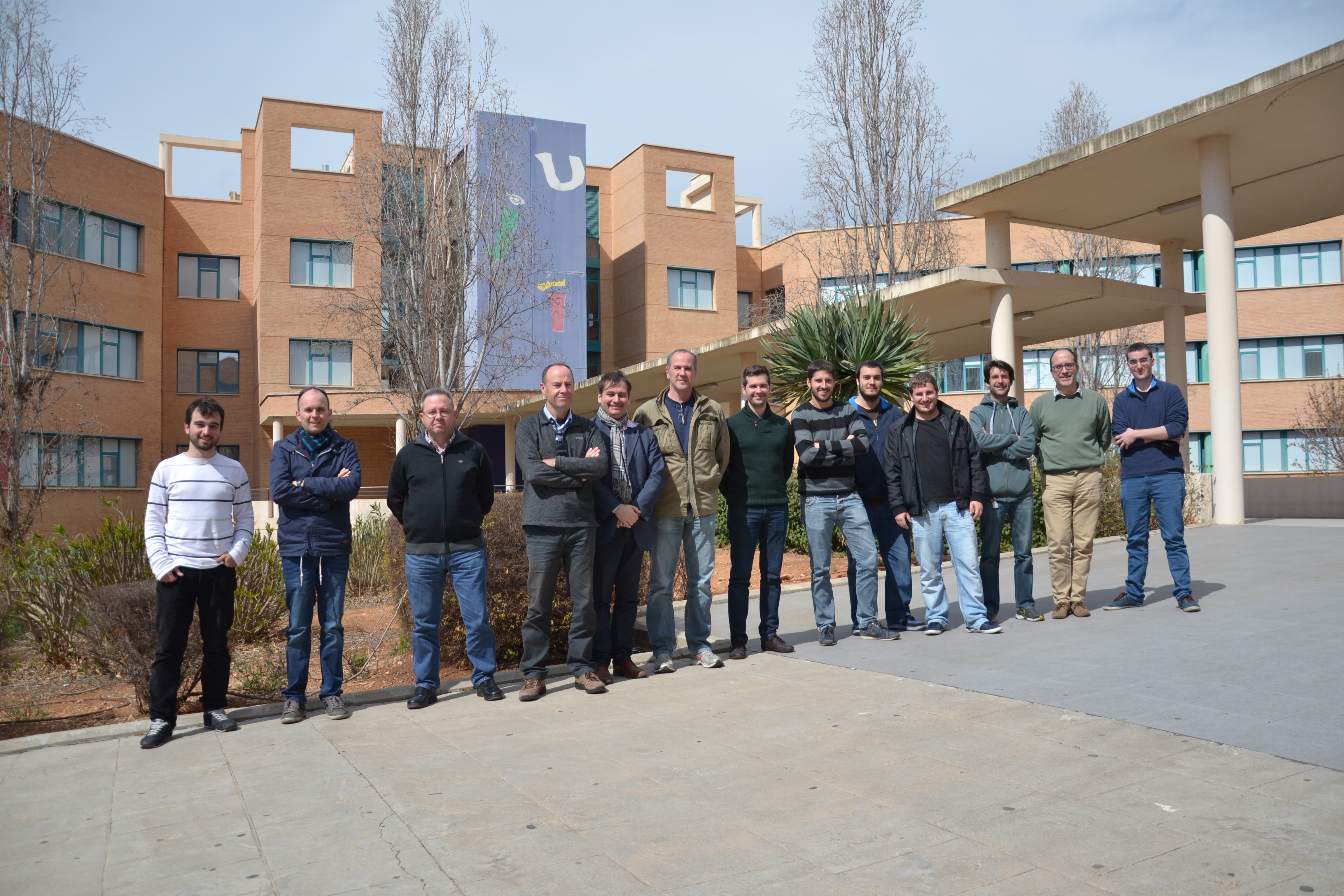
Profile: The IRS Lab was officially created in 2009, with some members coming from other groups active since nineties in the robotics and interfaces context. It has a strong background in different topics of robotics, always applied to real scenarios, including manipulation, perception and HRI. Along the last years, our research group has participated in some European projects like GRASP (FP7 ICT-215821), or GUARDIANS (FP6 IST-045269) or coordinated projects like the European project TRIDENT (FP7 ICT-248497) or the ongoing national project TWINBOT (DPI2017-86372-C3-1-R). Furthermore, our research group is part of several research networks and Societies like: IEEE Robotics and Automation Society; IEEE Systems, Man and Cybernetics; the European Robotics Research Network (EURON); the European Research Network on Cognitive systems (EUCog network); the Spanish Robotic Research Network (CEA-GtRob); the Spanish Research Network on Marine Robotics (AUTOMAR).
Expertise in: The IRS Lab has a strong background on several aspects of robotic manipulation and its interaction, from two different perspectives: looking for complete autonomy in "mobile manipulators" and, progressing in HRI skills. All kind of combined sensors (i.e. vision, force/torque, tactile, etc.) are used to progress in manipulation and, several perceptual channels (i.e. 3D vision, haptic interfaces, etc.) are being use to explore better ways for HRI. In the last years, IRS Lab has been involved in the development of manipulation skills for underwater robots, particularly in the design and implementation of new visual-servoing techniques for autonomous manipulation. Complementing this research, an important contribution has been done in the HRI context, where a multimodal user interface and a 3D simulator have been developed.
